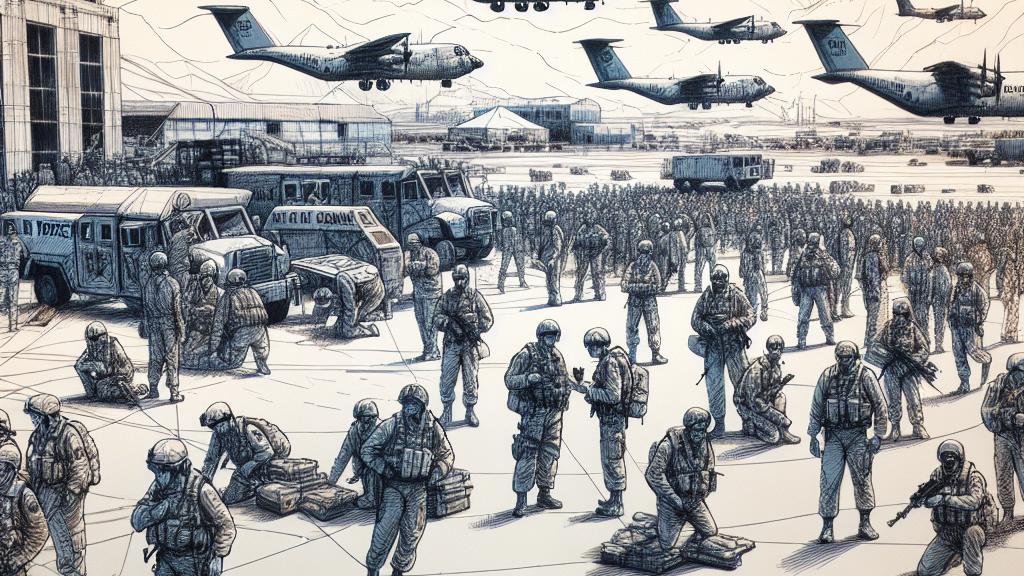India's Air Force Preparedness Amidst Regional Threats
Overview
- India's air force is facing a significant operational shortfall in strength and capability.
- Currently, with only 31 active squadrons, the IAF is ill-equipped for potential two-front conflicts.
- Prominent delays in fighter jet production hinder modern defense and heighten security risks.

The Alarming Decline of India's Air Force Strength
India's air force is navigating a precarious situation, presenting a critical case of operational decline. As geopolitical tensions heighten, particularly from neighboring threats like China and Pakistan, the IAF’s current status is alarming. Operating with just 31 active squadrons—a stark dip from the endorsed strength of 42—this is the lowest count seen since the 1965 Indo-Pak war. This alarming situation indicates not merely a numerical shortfall but a broader strategic vulnerability. Defense analysts warn that this deficiency can severely hamper India's ability to respond effectively in the event of simultaneous conflicts. For example, during recent military exercises, the lack of operational squadrons was noted as a critical limitation, emphasizing the need for an urgent overhaul in military readiness and resource allocation.
Production Delays That Compromise National Security
Adding to these vulnerabilities, significant delays in the production of crucial aircraft, particularly the Tejas light combat aircraft, exacerbate the IAF's challenges. Air Chief Marshal A.P. Singh has been vocal about these production hurdles, warning that they not only stall the acquisition of much-needed aircraft but also hinder vital aspects of operational readiness, such as pilot training, resource logistics, and long-term strategic planning. In fact, as aging jets are retired—without timely replacements—the pace of modernization accelerates into an urgent crisis. Picture this scenario: a confrontation arises, yet India finds itself relying on a fleet of outdated aircraft unable to meet the demands of modern warfare. To mitigate this risk, Singh has proposed fostering deeper collaborations between private aerospace firms and Hindustan Aeronautics Limited (HAL), emphasizing that swift action is necessary to expedite production and deliver modern, combat-ready aircraft to the front lines.
Strategic Measures for a Resilient Future
The vulnerabilities plaguing India's air defense call for decisive strategic reforms and partnerships that transcend traditional frameworks. Mr. Singh’s warnings echo a sentiment shared widely by defense experts: enhancing technological capabilities and operational efficiencies in air combat systems is not just desirable; it is absolutely vital for safeguarding national interests. For example, fostering partnerships could enhance the development of next-generation aircraft equipped with cutting-edge technology, ensuring that the IAF is prepared for any eventuality. Looking ahead, India's focus must be on innovation, agility, and speed—qualities that can translate raw potential into a formidable military presence. Thus, as India stands on the brink of transformation, the actions taken today will resonate throughout the future, shaping the resilience and strength of its air force amid increasing regional threats.

Loading...